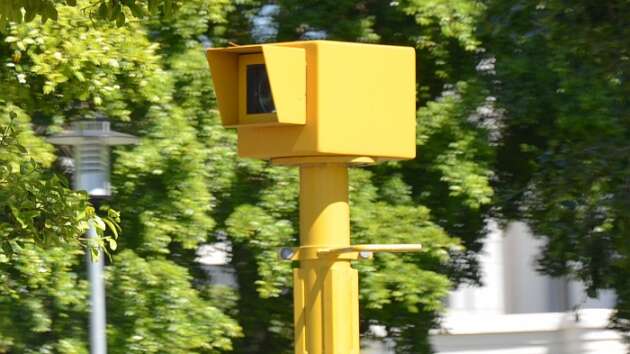The Automated Enforcement System (AES) has certainly had its share of action, directly and indirectly. Since September 23, when the system was implemented, the JPJ says it has issued nearly 300,000 summonses, and around 10,000 motorists have paid up their AES-related summonses.
Along the way, there has been interdiction – the four Pakatan Rakyat-led states have certainly been opposed to the implementation of the system, doing everything within their means to halt it from being fully operational. Vandalism has been evident too, with cameras in Perak and Selangor getting damaged or splashed with paint.
Now, more news has come about. The Malaysian Insider reports that Putrajaya is apparently considering deferring the implementation of the AES to avoid duplicating the police summons system that will continue to be in place.
Following the pilot phase where 14 cameras have been running since September, the Road Transport Department (JPJ) is set to roll out the RM700 million privatised system and its 831 cameras by end-2013, but the cops have said they will continue enforcement and put up mobile speed traps near the AES cameras, which of course would mean double the fun.
Apparently, giving motorists the double-bore treatment is seemingly too much (!). A source told the Insider that “the government is considering putting on hold the implementation of the AES due to the duplication of the summons system. That will cause hardship.” The source added that several Barisan Nasional lawmakers have also asked the government to stop the implementation until all views are considered.
In a Bernama report earlier this month, JPJ director-general Datuk Solah Mat Hassan said that the number of traffic offences dropped by three-quarters since the AES cameras came about. “We will not postpone our plan to implement the AES because it is a noble effort and in no way a punishment to motorists,” he was quoted as saying.
As for the police, they are set to continue maintaining speed traps alongside the AES to catch speeding motorists, Deputy Home Minister Datuk Wira Abu Seman Yusop told Parliament last month.
“Despite the introduction of the AES, the government has no intention to abolish the old system. The police will operate (speed trap) cameras, while the new system will be operated by the JPJ,” he said, maintaining that the use of AES cameras and police speed traps would bring down the nation’s accident rate by increasing awareness and the “perception of being caught.” Ah yes, the more, the merrier.
Looking to sell your car? Sell it with Carro.



AI-generated Summary ✨
Comments express strong criticism towards the AES implementation, with many believing it is primarily a revenue-generating scheme rather than road safety measure. Critics highlight issues such as poor placement of cameras, outdated speed limits, lack of transparency, and delays in deployment. Some suggest better enforcement methods like minimum speed limits or enhanced police patrols, while others are skeptical about the effectiveness of AES, especially for motorcyclists. Several comments mention corruption, mismanagement, and the political motives behind the system, with calls for prioritizing crime prevention and road maintenance over fines. Overall, the sentiments are predominantly negative, viewing AES as a cash cow and questioning its true benefit to public safety.